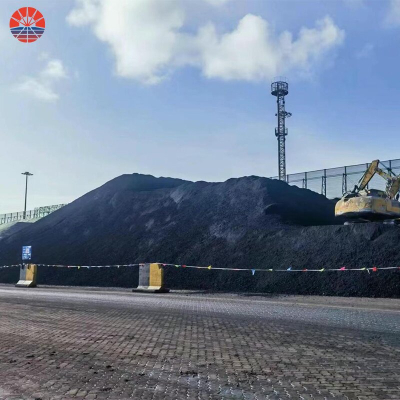Current situation and prospect of silicon-based anode materials
The development of science and technology to today, without doing experiments, it has been theoretically proved that lithium metal is the most ideal anode material for the lithium battery industry.
In view of the fact that the problem of dendrites easily generated during the use of lithium metal has not found an effective solution, it is expected that the large-scale commercial use of lithium metal in the next ten years is almost impossible.
Silicon based anode material is the ideal lithium anode material second only to lithium metal in theory.
Compared with the theoretical gram capacity of graphite 372mAh/g, the theoretical gram capacity of silicon can reach 4200mAh/g, which is more than 10 times the gram capacity of graphite. In order to give play to the advantages of silicon-based materials such as high energy density and solve the problem of expansion during the use of silicon-based materials, countless elites have devoted themselves to the silicon-based negative electrode material industry for more than ten years.
Unfortunately, by the end of 2022, the annual output value of silicon-based negative material is 1.07 billion yuan (shipments of 15,000 tons), which only occupies 2% of the lithium negative material market, and 98% of the lithium negative material market is still graphite (the output value of graphite negative electrode in 2022 is 50 billion yuan, and the annual shipment is 1.56 million tons).
The main reasons for the development of the silicon-based negative electrode industry are as follows:
1) The performance of silicon-based anode materials cannot meet the requirements of the power market
Although silicon oxide products have been mature for commercial use, the number of cycles cannot meet the requirements of the main application industry, especially the minimum requirement of the number of cycles of not less than 1000 weeks in the power industry. The number of cycles required by the energy storage industry is not less than 5000 weeks.
Power industry applications account for 80% of the lithium market, and the energy storage industry accounts for 15% of the lithium market.
Silicon-based anode materials are currently mainly in the 3C market with a market share of only 5%, such as power tools, drones, TWS headphones, electronic cigarettes and other fields have achieved certain applications. The cycle life of these applications is generally required to be less than 500 cycles.
You can never become a world champion by swimming in a small courtyard pool.
2) The unit gram capacity cost of silicon-based anode materials is much higher than that of graphite.
In order to scientifically compare the cost of silicon-based materials and graphite materials, we introduce the concept of "equivalent unit gram capacity".
After the cost is normalized, the cost of various materials is comparable.
Just like when calculating carbon emissions, there are six greenhouse gases: carbon dioxide, methane, nitrous oxide, hydrofluorocarbons, perfluorocarbons, sulfur hexafluoride, methane's greenhouse effect is 28 times that of carbon dioxide, so the emission of 1 ton of methane is equivalent to the emission of 28 tons of carbon dioxide. The impact of various greenhouse gases on the greenhouse effect is converted into carbon dioxide by equivalent, and the global annual carbon dioxide emissions are about 40 billion tons, and China accounts for a quarter.
At present, 92% of the first effect of pre-lithium silicon oxide products, the price per ton is 20 times that of graphite, the gram capacity is 4 times that of graphite, and the equivalent gram capacity cost is 5 times that of graphite.
By adding 10% silicon to the graphite, the overall cost of the cell increases by about 5%. This is highly competitive, cost-first lithium most industries can not afford.


